On the trail
of the flying
squirrel
Aalto University's campus is right next to a nature conservation area. We accompanied an expert on an outing to learn what makes it unique – and what can be done about biodiversity loss.
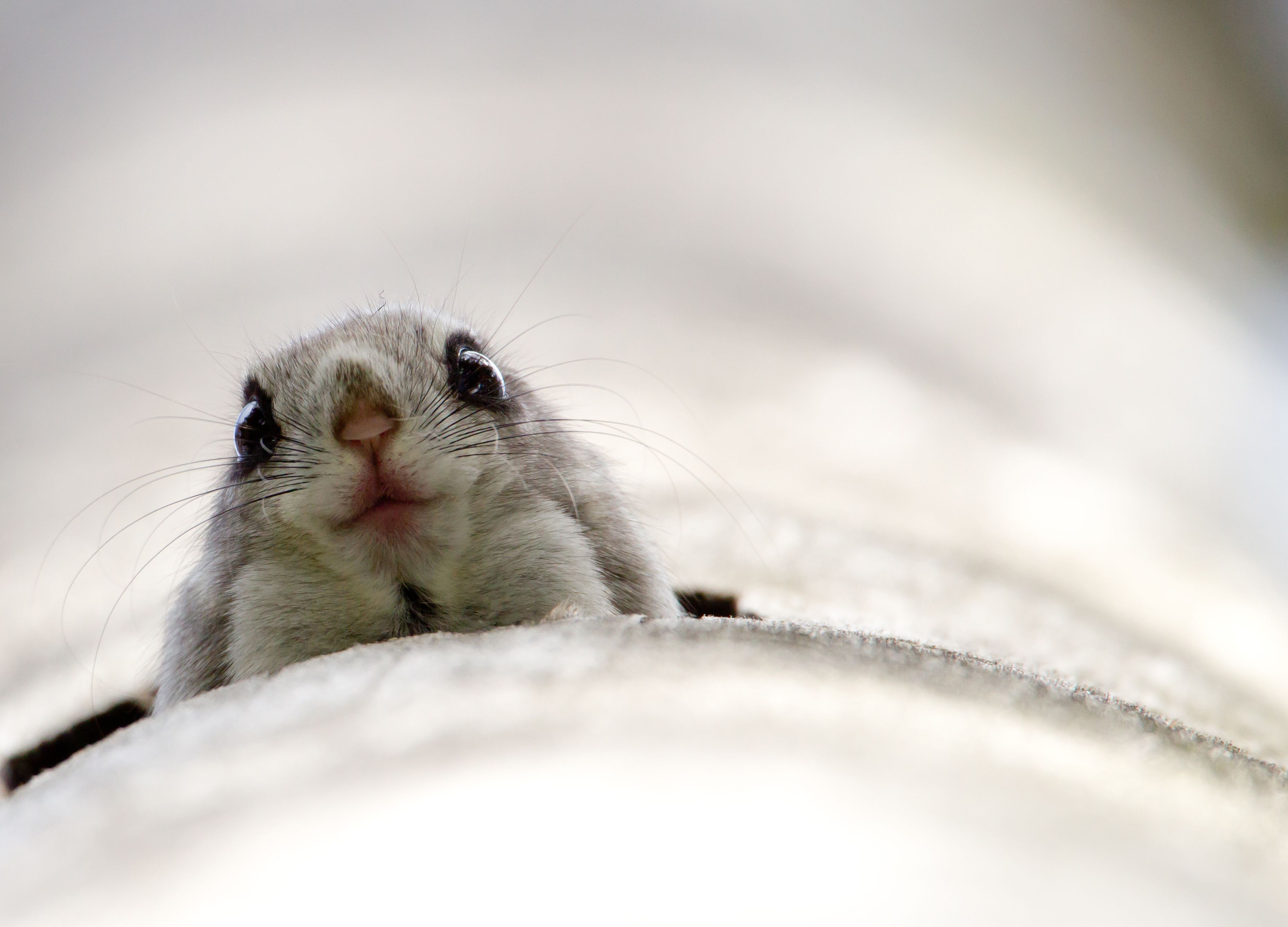
Our first stop comes after we’ve walked 50 metres at most.
'A red crossbill singing,' Roland Vösa says without hesitation and peers up at the crown of a huge spruce tree.
'Its beak has large, powerful mandibles crossed at the tips that it uses to pry open the tenacious scales of spruce cones. The red crossbill relocates according to the availability of food and is one of our earliest nesters – nesting as early as February.'

Vösa, who works as a special planner at Metsähallitus Parks & Wildlife Finland, has promised to guide us through the Laajalahti nature conservation area adjacent to the Aalto University campus. Established in 1979 and expanded four times, the area now covers 180 hectares, equivalent to some 250 football fields. A shallow sea bay accounts for the majority of this, but the area also consists of a large reed expanse as well as shore meadows and groves.
The adjacent 20-hectare area known as the Villa Elfvik Old Forest was protected last spring.
'Not many places in the capital city region offer such easy access to an old, natural-state forest,' Roland Vösa points out.
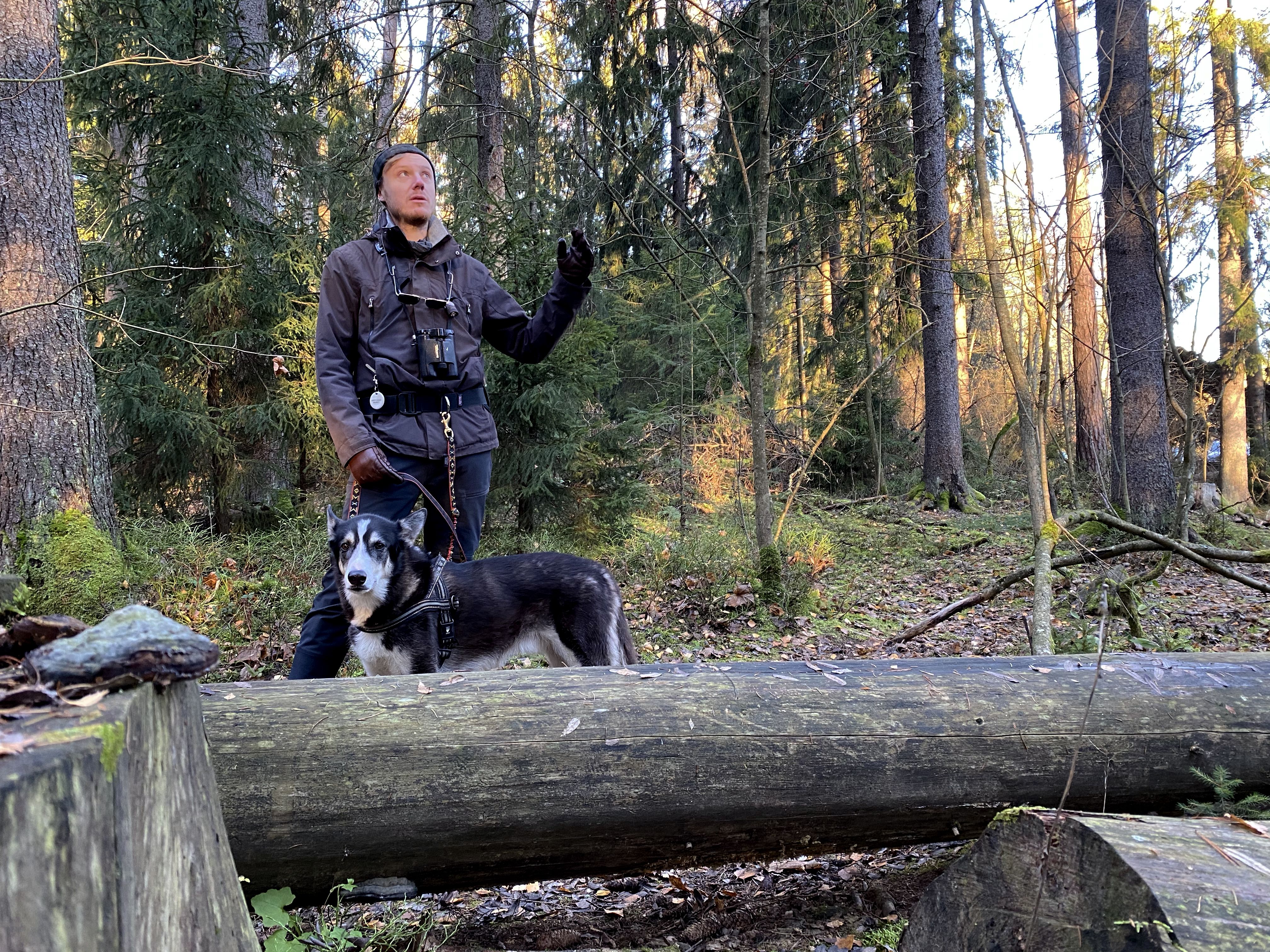
Revealing pellets
We depart the gravel road for a forest trail.
Roland Vösa halts at a snag, i.e. a dead tree that is still standing. Its surface is full of intersecting grooves, marking passages made by larvae feeding on the nutrient-rich layer under the bark. These larvae in turn are a favourite snack for many birds, such as the black woodpecker enthusiastically hammering a nearby tree.
The diversity of species present in the conservation area is immense. More than 300 bird species have been encountered here, and almost a hundred of these nest in the area. In addition, there are hundreds of species of plants and invertebrates.
A key factor behind this rich diversity is the natural-state forest.
'All of the defining characteristics of a natural forest are found here,' Vösa says.
'In addition to snags, there’s dead trees on the ground, i.e. lots of rotting wood to provide food and nesting shelter for animals, as well as many different trees species of various ages.'
One forest dweller dependent on the presence of suitable trees is the flying squirrel, which likes to nest in old woodpecker cavities in aspen trunks and seeks shelter in large old spruce trees.
'The best way to find a flying squirrel is to check the ground near tree butts for their small yellow stool pellets,' Vösa advises.
Males can have territories spanning up to 60 hectares, while females settle for a tenth of this. In addition to the woods in Laajalahti, flying squirrels have been spotted on the Otaniemi campus as well.
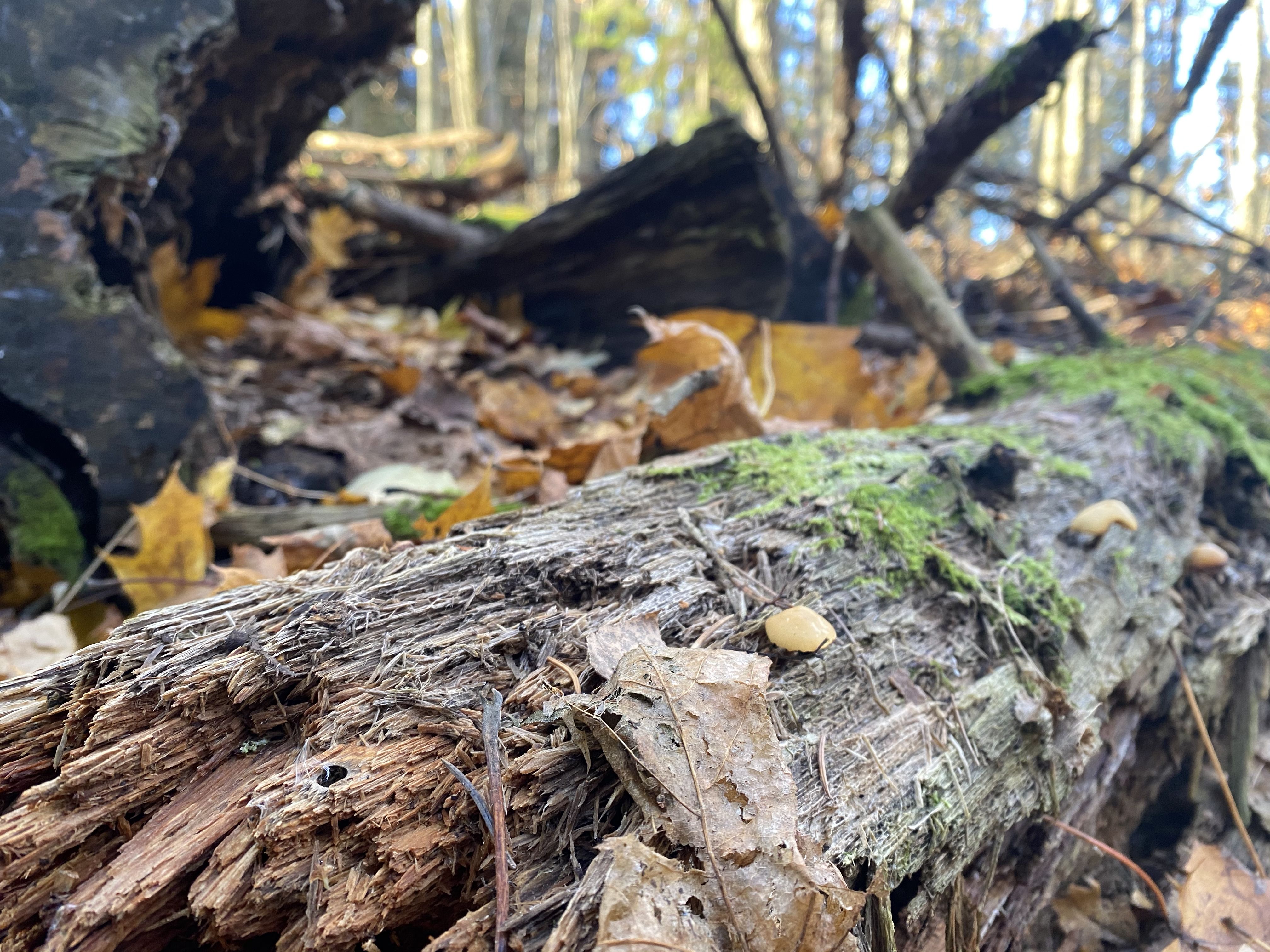
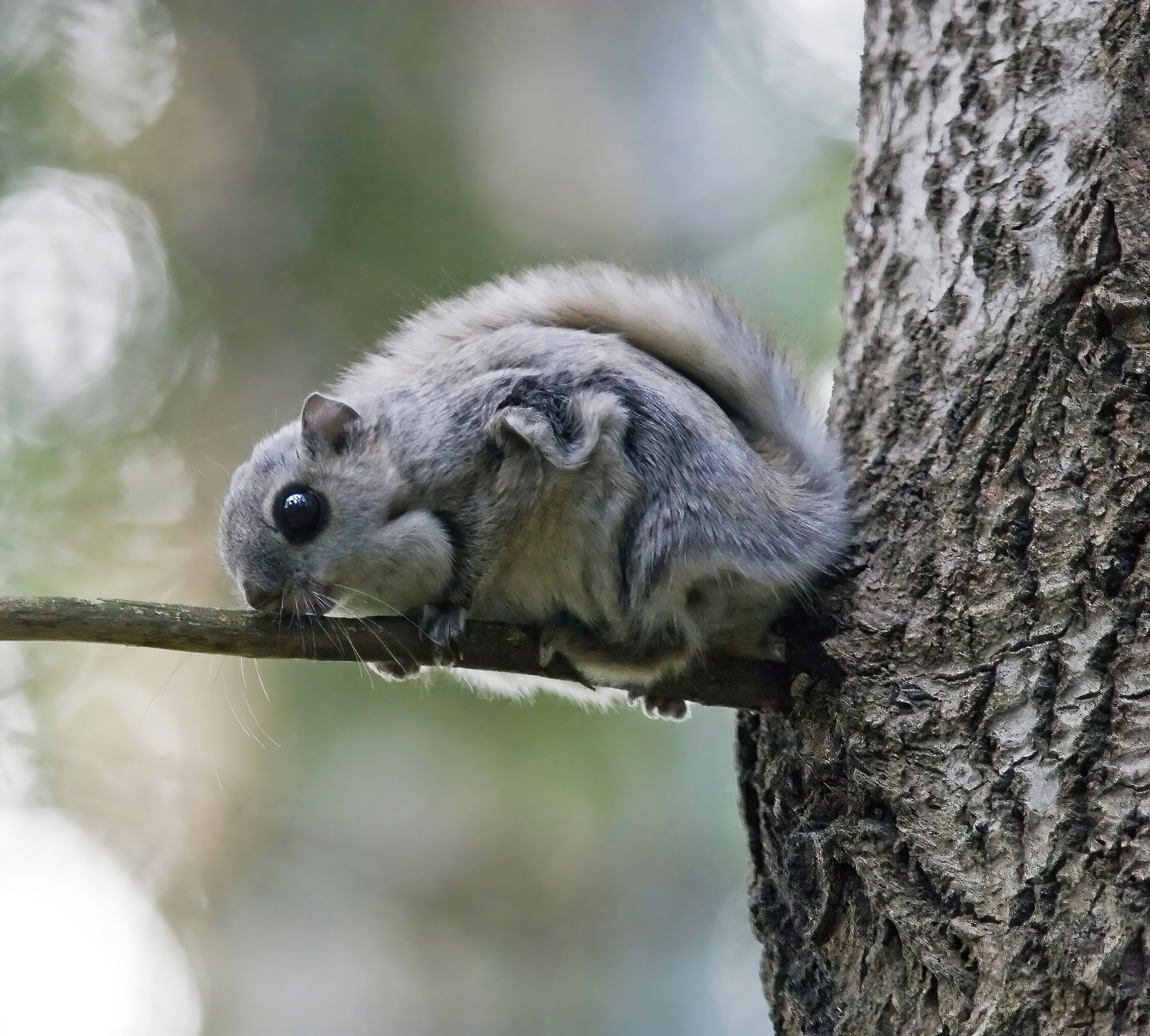
Flying squirrels like to nest in old woodpecker cavities in aspen trunks and seeks shelter in large old spruce trees. Photo: Ari Seppä
Flying squirrels like to nest in old woodpecker cavities in aspen trunks and seeks shelter in large old spruce trees. Photo: Ari Seppä
Flying squirrels are endangered and strictly protected pursuant to both EU Nature Directives and Finland’s Nature Conservation Act, which prohibit eradication of its breeding and resting locations. Nevertheless, flying squirrels are threatened by the same problematic issue affecting so many other species: habitat fragmentation.
'Flying squirrels can glide over a distance of 80 metres, but they do not like crossing, for example, a clear-cut logging site,' Vösa says.
'Only a few natural-state forests remain and they are increasingly far apart from each other. Fragmentation has caused a radical reduction in, for example, forest fowl numbers, and the Siberian jay has disappeared entirely from South Finland.'
Seed banks and antibiotic factories
Natural-state forests were abundant all over Finland up to the 1940s, and the forest industry was quite happy with that state of affairs. The largest trees suitable for sawlog use were felled in winter and drawn by horse to a nearby riverbank or lake shore to wait for summer, when they’d be floated to a sawmill.
After the war ended, Finland started to pay reparations to the Soviet Union with, among other things, plywood and pulp that could be made using younger, more porous wood. Forest roads and forestry trucks enabled logging on sites not situated along waterways, and intensive forestry based on clear-cutting quickly became the foundation for Finland’s increasing prosperity.
Now, there is growing enthusiasm and pressure to return to continuous cover forestry, but Vösa stresses that it cannot be done easily or rapidly.
'Continuous cover is based on there being trees of varying ages. Shifting from clear-cutting to continuous cover means that there won’t be anything to fell in the beginning.'
For someone used to a commercial forest full of trees with uniform-sized trunks, a natural-state forest can be difficult to move in.
An opening wide enough to allow passage has been cut through a huge spruce, which has fallen across our path.
The waist-high trunk is covered in a thick layer of moss. A sign attached to its upturned root system notes the tree’s birth year: 1860. One-and-a-half centuries is quite an achievement for a spruce tree, as their shallow roots make them susceptible to being knocked down in high winds.
The surrounding soil contains a seed bank. After a large tree dies and fresh soil is exposed from under its roots, the seeds contained therein get the opportunity to germinate and grow.
Different types of conks are also growing on the trunk.
'They have to compete with bacteria for nutrients when decomposing the tree. Researchers have found that they secrete antibiotic substances whose utilisation in the treatment of diseases like cancer is currently being studied,' Roland Vösa notes.
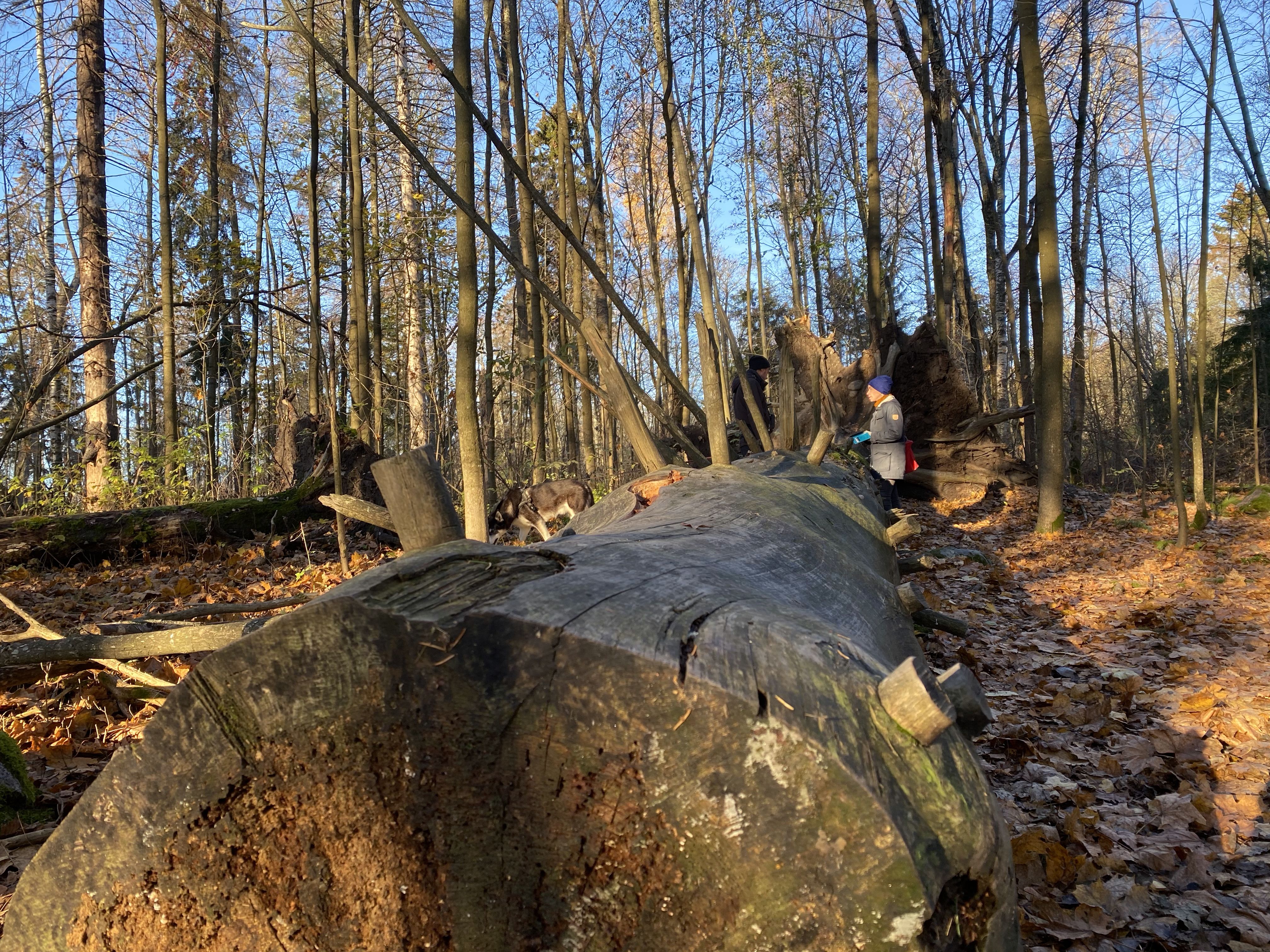

From aurochs to native cattle breeds
A sturdy birdwatching tower stands at the edge of the forest. A wide slip ascends to the first floor, while the top is accessed via a steep staircase.
Otaniemi and the Aalto buildings can be seen at the other side of the picturesque bay, which is framed by reeds and shore meadows.
Part of the Natura 2000 network, Laajalahti sea bay is an internationally significant breeding and resting site for birds. It is a stopping point on the migration routes of many waterbirds that nest in Northern Russia.
'Waterbirds and wading birds can migrate thousands of kilometres between their breeding and wintering grounds. The resting and feeding sites along the migration route are of vital importance, but only a few remain in South Finland,' Vösa says.
Just a century ago, the shores of South Finland looked entirely different. Old aerial photos on the Paikkatietoikkuna site show that, for example, Lauttasaari, Otaniemi and Tapiola were still flanked by fields and shore meadows in the 1930s.
These seashore meadows were created as the last Ice Age retreated. Ancient Europe was home to grazing aurochs, bison and wild horses. Old livestock rearing practices were also good for meadow retention: cattle would feed on the meadows and farmers could fertilise nearby fields with cow dung. Intensive agriculture made meadows and pastures less useful.
'Lawns and multi-storey buildings replaced all this. The amount of shore meadows has fallen by 99% in a century, and many of the few surviving meadows have started to grow reeds because of eutrophication,' Vösa says.
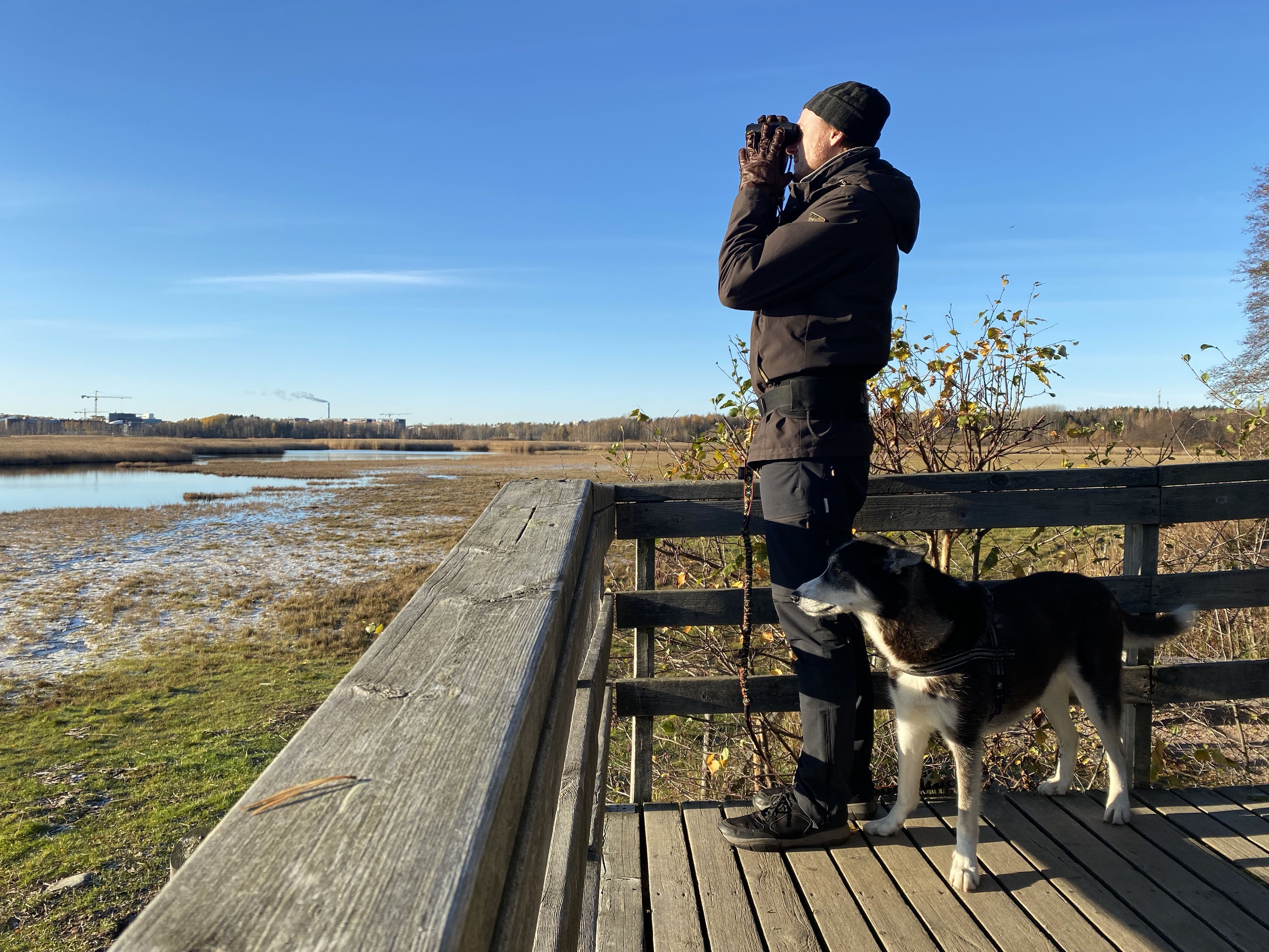

Reconstruction of the heritage landscape in Laajalahti is being aided by traditional kyyttö, or Eastern Finnish, cattle.

The kyyttö herd summers on two pastures: the cows and calves close to the Villa Elfvik nature house, while the bulls graze near Otaniemi. They chew up hectares of meadow grass over the summer months. The cleared shore meadows are suitable nesting grounds for the northern lapwing and the common redshank, among others. The dung heaps the cows leave behind are heaven for many insects.
Environmental experts say that biodiversity loss is at least as serious a threat as climate change. A new direction is possible only if major changes in, for example, agriculture, energy production and construction are implemented alongside determined conservation measures.
Vösa think the Helmi habitats programme launched during the present government’s term of office represents a substantial step in the right direction for Finland.
'It will help repair and restore many types of habitats. Up to now, the State had only allocated small change to nature conservation, so investing more than €100m is a really big deal.'

Text Minna Hölttä, photos & video Katja Rönkkö
Laajalahti Nature Reserve Directions and Maps - Nationalparks.fi
